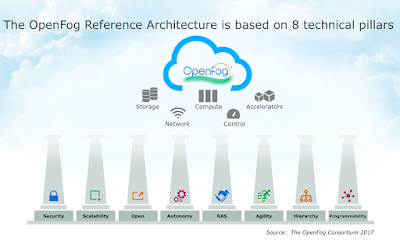China Mobile is negotiating to acquire the mobile division of Oi, the largest telecommunications company in Brazil and South America, according to report in The China Daily.
The deal has not been finalized. China Mobile might have to pay US$3.5 billion in fines owed by Oi to the Brazilian telecoms authority, known as Agencia Nacional de Telecomunicacoes, or Anatel.
If it goes through, the deal would be historic on several fronts. None of the Chinese telecommunications carriers have acquired other carriers in other countries. China Mobile, which is already the world's largest mobile operator, would add nearly 41 million mobile subscribers in Brazil.
Oi, which was once known as Telemar, was formed through the merger of 16 state-owned incumbent local exchange carriers. The company was re-branded as "Oi" in 2007. In June 2016, Oi filed for bankruptcy protection, citing US$19 billion (R$65 billion) in debt. The case is still pending in the Brazilian courts.
The deal has not been finalized. China Mobile might have to pay US$3.5 billion in fines owed by Oi to the Brazilian telecoms authority, known as Agencia Nacional de Telecomunicacoes, or Anatel.
If it goes through, the deal would be historic on several fronts. None of the Chinese telecommunications carriers have acquired other carriers in other countries. China Mobile, which is already the world's largest mobile operator, would add nearly 41 million mobile subscribers in Brazil.
Oi, which was once known as Telemar, was formed through the merger of 16 state-owned incumbent local exchange carriers. The company was re-branded as "Oi" in 2007. In June 2016, Oi filed for bankruptcy protection, citing US$19 billion (R$65 billion) in debt. The case is still pending in the Brazilian courts.




















